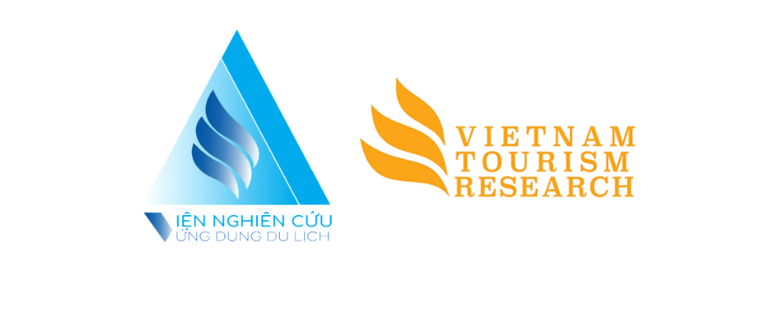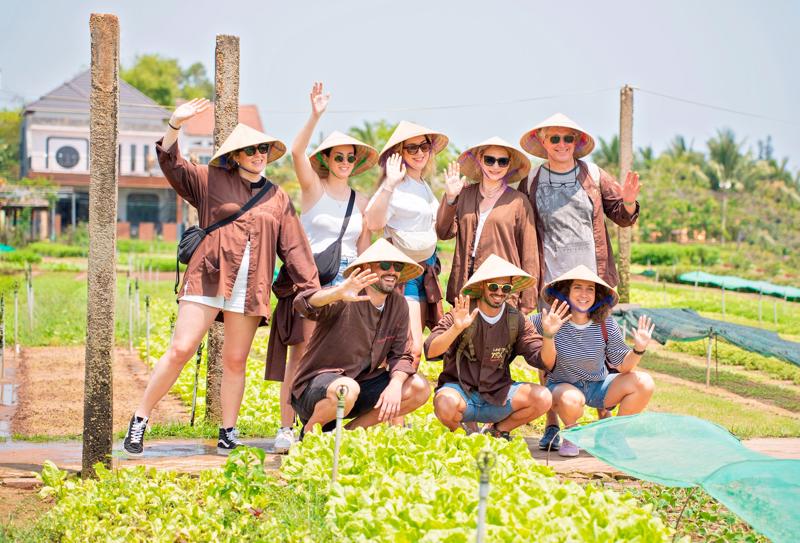This post is also available in:
Tiếng Việt (Vietnamese)
Rural tourism is more than leisure travel—it is a powerful community development strategy. This article analyzes the role of marketing in reviving rural areas, attracting visitors through digital tools, fostering welcoming communities, and promoting sustainable development.
Context and Impacts of Rural Tourism
Across rural America—especially in the Midwest—communities are facing significant challenges: housing shortages, deteriorating downtowns, youth outmigration, labor and healthcare deficits. Amidst this sometimes bleak landscape, rural tourism emerges as a beacon of hope—a dynamic catalyst for economic growth and community renewal.
A recent webinar hosted by Illinois Extension and presented by expert Pam Schalhorn delved into this topic. While Schalhorn noted that rural tourism marketing could easily fill an entire book, she emphasized that well-executed strategies can drive meaningful, transformative change.
Assessing Assets and Identifying Target Markets
Rather than focusing solely on limitations, communities must harness inherent assets such as natural landscapes, outdoor recreation opportunities, land resources, cohesive social fabric, and devoted local residents. A 2023 survey confirmed that these are powerful resources that, if marketed effectively, can drive sustainable development.
Identifying target markets is the first step in rural tourism marketing. For instance, axe-throwing experiences may appeal to visitors aged 20–45. Defining clear demographics, geographic zones, and travel radii allows for more precise message tailoring and channel selection.
Research indicates that counties reliant on outdoor recreation report higher-than-average population growth. These amenities are especially appealing to younger generations such as Millennials and Gen Z, yet they also resonate with older travelers. Branson, Missouri stands as a notable example, attracting a large segment of visitors over 65 thanks to its diverse entertainment offerings.
To develop meaningful tourism products, communities must listen to their visitors. Surveys, youth advisory boards, and community forums are useful tools for gathering input. In tandem, investing in marketing capacity is essential.
Effective Marketing Tools
A simple yet impactful tool is the “elevator pitch”—a 30-second message clearly articulating a destination’s value proposition. For example: “Wheels Time Museum – Where history gets fun for all ages.” This message should always be accompanied by contact details.
Digital marketing is currently the most effective promotional avenue, encompassing email campaigns, social media, short videos, and destination websites. Videos of 15–30 seconds with captions are especially eye-catching and accessible. Content must be updated regularly. Websites should link to regional tourism portals to boost online visibility. Influencer marketing, though potentially costly, remains an efficient way to amplify brand awareness.
Communication strategies should be generation-specific. The Silent Generation and Baby Boomers respond better to formal language, print materials, emails, and Facebook. In contrast, Gen X, Millennials, and Gen Z engage more with short-form videos, dynamic visuals, Instagram, and TikTok. Understanding media consumption habits is key to optimizing campaign performance.
Marketing is not merely about promotion—it’s about shaping visitor experience. A welcoming community is fundamental to success. Residents and volunteers must be friendly, proactive, and willing to collaborate with nearby businesses. Maintaining consistent and convenient opening hours—especially on Sundays—is equally critical.
Volunteer engagement remains vital yet increasingly difficult. Improving meeting formats, offering flexible schedules, and holding online or lunchtime sessions can help. Younger residents should be given opportunities to participate in decision-making processes and be empowered to pursue fresh ideas.
Tools such as the IR Rural Project developed by the University of Illinois offer communities access to marketing guides and visitor behavior surveys. Findings indicate that most travelers plan trips 7–60 days in advance, drawing on recommendations from friends, social media, and previous visits. Tourists value scenic landscapes, cuisine, and attractions—but are discouraged by poor infrastructure or limited entertainment options.
Toward a Sustainable Future
Rural tourism marketing is not merely about showcasing destinations—it is a strategic component of sustainable economic development. By leveraging local assets, identifying the right audiences, applying appropriate generational tools, and nurturing a welcoming environment, rural communities can usher in a new era of progress—where tourism becomes a bridge between tradition and innovation, between local culture and global engagement.










